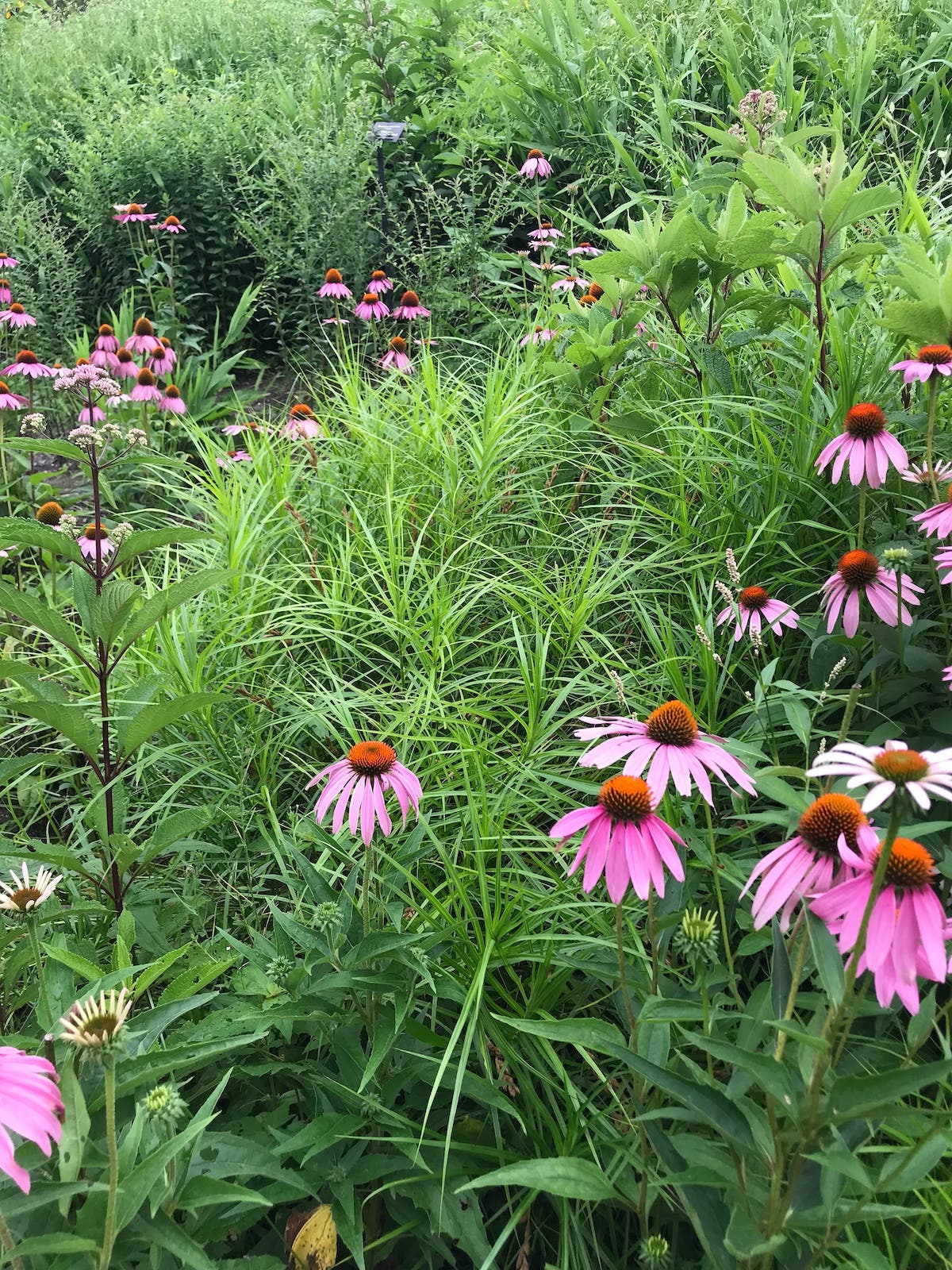Some New Echinacea Need to Be Treated Like Annuals—What?!
You’re not the only one who’s had poor performance from the new echinaceas. The problem likely is not your garden conditions nor your care of the plants. Echinacea, or coneflowers, continue to be introduced each year with fanciful names, and less than fanciful growth. The problem is the plant itself.
A reader asks: Do the fancy new varieties of echinacea need special care? I’ve tried a few new varieties with poor results. Meanwhile I’ve had a basic no-name purple coneflower thriving in my garden for years, so the conditions seem right for echinacea. What do you think?
You’re not the only one who’s had poor performance from the new echinaceas. The problem likely is not your garden conditions nor your care of the plants. Echinacea, or coneflowers, continue to be introduced each year with fanciful names, and less than fanciful growth.
Expert Diagnosis of New Varieties of Echinacea
The problem, says horticulturist and plantsman Tony Avent of Plant Delights Nursery in Raleigh, N.C., is that novelty Echinacea introductions rarely set seed. Although they may last up to three years in the garden, they then die out and leave that gaping hole. By contrast, the “old” kind will self-seed happily—and freely. Avent says, “So you lose the original plant after a while. But there will be a little one at the base to take its place.”
To avoid disappointment, we recommend treating the fanciest coneflowers as annuals or very short-lived perennials. If they don’t come back you won’t be disappointed, and if they do come back you’ll have a pleasant surprise.
For the most reliable coneflowers, stick to varieties in shades of purple, or in white. Also, be sure that the plants you purchase have gone through a winter—in other words, that they are not seedlings. Plant them early in the growing season to give them the longest time to establish before winter.
Jennifer Smith, our Adventures of a Landless Gardener blogger, recommends this stunner to draw butterflies to your summer garden.







